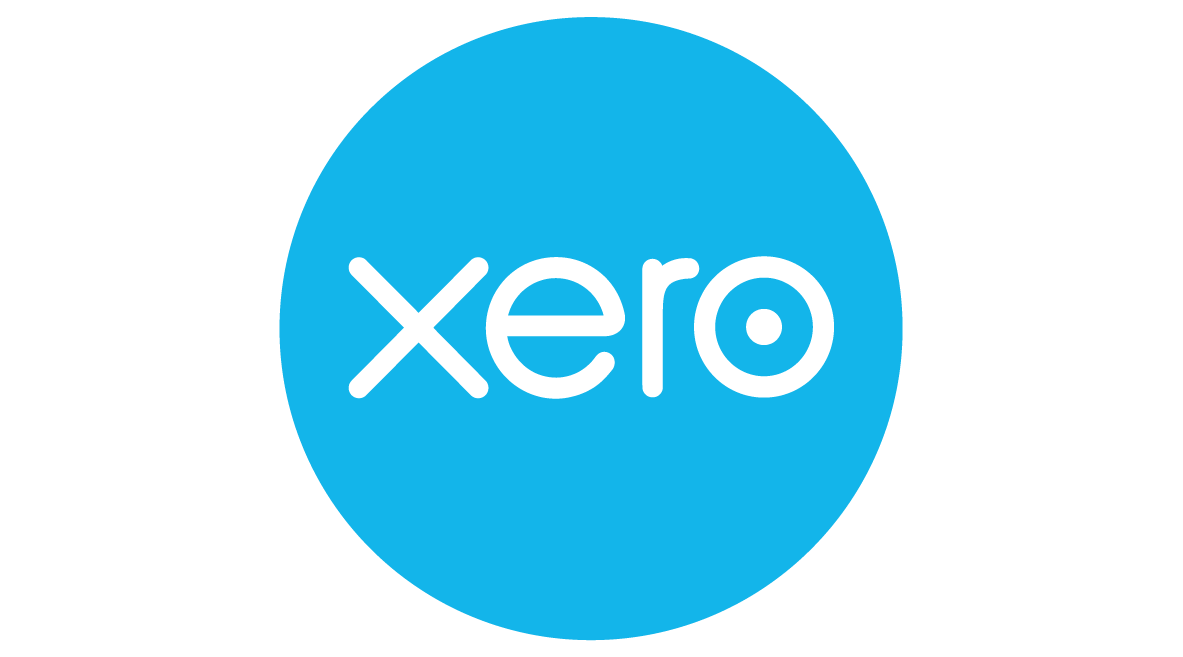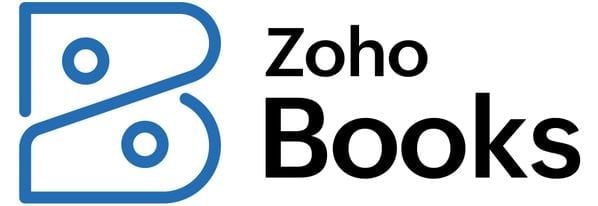6 Ways to Manage Cash Flow for Your Business
Many, or all, of the products featured on this page are from our advertising partners who compensate us when you take certain actions on our website or click to take an action on their website. However, this does not influence our evaluations. Our opinions are our own. Here is a list of our partners and here's how we make money.
Every business needs cash. Regardless of how much revenue your business earns, if your cash is tied up in unsold inventory or receivables, that money doesn’t do you any good. Maintaining a healthy business cash flow gives you the capacity to meet your financial obligations and the flexibility to grow with new opportunities. You’ll have enough cash on hand to pay the bills, say “yes” to a new project or launch a marketing campaign.
Cash flow is the money coming into and going out of your business, tracked on a cash-flow statement. If you have positive cash flow, you have more money coming into your business – typically through sales or borrowed funds – than going out, to expenses such as payroll, inventory and rent.
But maintaining positive business cash flow isn’t easy; many entrepreneurs struggle with it, according to research by the Federal Reserve Banks of New York, Atlanta, Cleveland and Philadelphia. In some situations, a cash-flow loan may be the solution to a cash crisis, but that’s not always the case.
Below we outline six strategies for managing business cash flow.
1. Learn your cash-flow cycle
A cash-flow cycle is the time it takes to purchase raw materials, turn them into product, sell the product and collect payment. Philip Campbell, a certified public accountant and author of the book “Never Run Out of Cash,” says that to understand your cash-flow cycle, you should be able to answer two questions at any given time:
What happened to your business's cash last month?
What’s about to happen to your business’s cash?
You’ll learn the answers to these questions by keeping your business’s balance sheet and profit and loss statements up to date and reviewing them regularly. Once you understand your cash-flow cycle, Campbell says, you can work to correct any inconsistencies in it — for example, by paying your suppliers later or collecting payments earlier.
2. Urge your customers to pay on time
The average debtor pays two weeks late, according to accounting platform Xero. So instead of waiting around to receive payments from your customers, Campbell says, “be proactive about getting paid.”
Develop a system to remind customers to pay on time, such as setting up automatic emails to remind customers 10, seven and two days before a payment is due. If you don’t receive a payment on time, don’t be afraid to follow up with a more personal note or a phone call.
3. Turn your inventory quickly
From a small-business owner’s perspective, inventory is basically the same as cash, says Will Katz, director of the Small Business Development Center at the University of Kansas. To maximize the cash your business has at any given time, turn your inventory more quickly, Katz says.
For example, say a shoe store owner spends $500,000 buying shoes every year. If she makes two large shoe purchases each year, worth $250,000 each, she’ll have that amount tied up in inventory until those shoes sell. That leaves less cash available to meet financial obligations or reinvest in the business. But if she does five inventory turns a year, she will only have $100,000 in cash tied up in inventory at a given time, freeing up more cash.
4. Negotiate with your vendors and customers
Negotiation can be a powerful tool when it comes to maintaining healthy business cash flow. You can negotiate both your accounts receivable with customers and your accounts payable with vendors. For example, if a customer purchases a large order and suggests a 30- or 60-day payment term (common with large companies), ask if you can be paid sooner.
“You’ll never get it if you don’t ask,” Katz says.
On the flip side, say you purchase raw materials from a supplier, but it’ll be weeks until you turn those materials into a saleable product. Ask your vendor if you can pay for the materials several days or even weeks after you receive them. If you have a good track record of paying your vendors on time, they’ll be more likely to agree to such an arrangement.
5. Consider invoice financing.
If you’re unable to negotiate or need cash even sooner than the time you’re able to agree upon with your customers, consider invoice financing, also known as accounts receivable financing.
Slightly different from invoice factoring, which buys invoices at a discount, invoice financing companies will advance the total amount or a portion of your outstanding invoices, and you’ll repay that amount plus interest after you receive the invoice. Annual percentage rates for invoice financing products range from about 11% plus the prime rate to 64%.
6. Compare cash-flow loans
If you don’t have outstanding accounts receivable but want additional financing to increase your cash flow, cash-flow loans could be an option. Cash-flow loans are short-term, often high-interest loans or lines of credit offered by online lenders. You shouldn’t rely on cash-flow loans for typical expenses such as rent and payroll. Reserve them for expenses that will ultimately increase your business’s revenue, such as a marketing campaign or a new piece of equipment.
But before you apply for a cash-flow loan, a working capital loan or any small-business loan, for that matter, compare your options based on factors including terms, APR and what you qualify for.
Image via iStock.
Bonus offer
| Product | Starting at | Promotion | Learn more |
|---|---|---|---|
 Xero NerdWallet Rating Learn more on Xero's website | $20/month Additional pricing tiers (per month): $47, $80. | 90% off for 6 months. | Learn more on Xero's website |
 QuickBooks Online NerdWallet Rating Learn more on QuickBooks' website | $38/month Additional pricing tiers (per month): $75, $115, $275. | 90% off for first three months or free 30-day trial. | Learn more on QuickBooks' website |
 FreshBooks NerdWallet Rating Learn more on FreshBooks' website | $21/month Additional pricing tiers (per month): $38, $65, custom. | 50% off for 6 months. 30-Day Money Back Guarantee. | Learn more on FreshBooks' website |
 Zoho Books NerdWallet Rating Learn more on Zoho Books' website | $0 Additional pricing tiers (per month): $20, $50, $70, $150, $275. | 14-day free trial of the Premium plan. | Learn more on Zoho Books' website |

